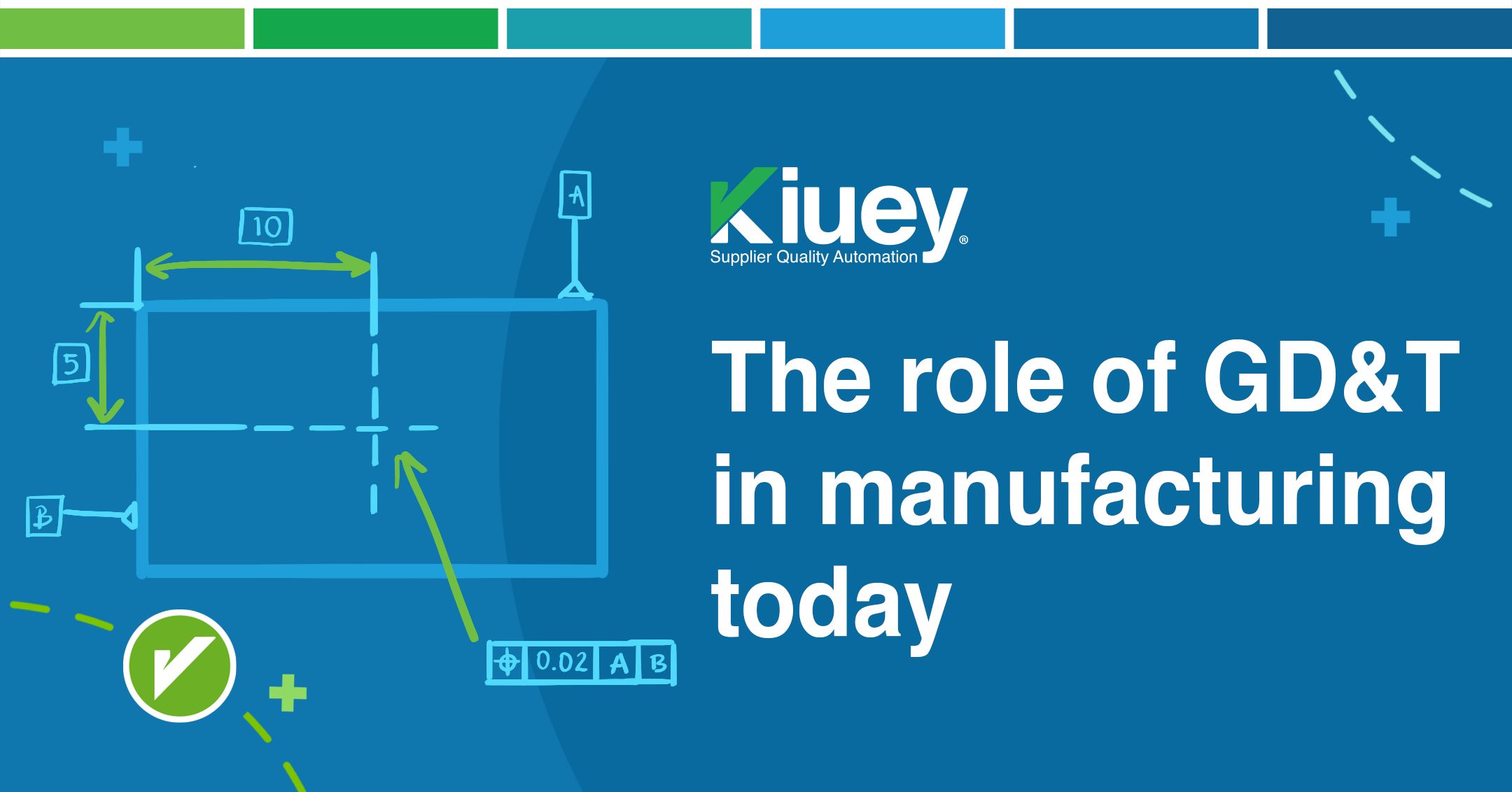
November 12, 2024
In today’s era of rapid technological advancement, it’s easy to get caught up in the excitement of emerging technologies like artificial intelligence and quantum computing. However, the foundation of these innovations lies in fundamental engineering principles that have been honed over decades. One such principle, Geometric Dimensioning and Tolerancing (GD&T), is a cornerstone of modern manufacturing.
Understanding GD&T
Geometric Dimensioning and Tolerancing is a standardized language used to communicate engineering design intent. It defines the precise form, fit, and function of a part, ensuring that manufactured components meet specific tolerances. By establishing clear and concise communication between designers, engineers, and manufacturers, GD&T helps to minimize errors, reduce costs, and improve product quality.
The Benefits of Geometric Dimensioning and Tolerancing
The implementation of Geometric Dimensioning and Tolerancing offers numerous advantages for manufacturers:
- Improved Product Quality: By clearly defining tolerances, GD&T helps to ensure that manufactured parts meet the required specifications, leading to higher product quality and reliability.
- Reduced Manufacturing Costs: GD&T can help to identify and eliminate potential manufacturing issues early in the design phase, saving time and money.
- Enhanced Communication: GD&T provides a common language for engineers, designers, and manufacturers, reducing miscommunication and ensuring that everyone is on the same page.
- Increased Efficiency: By streamlining the manufacturing process, GD&T can help to improve efficiency and reduce lead times.
GD&T in the Age of Automation
As manufacturing processes become increasingly automated, Geometric Dimensioning and Tolerancing remains a critical tool for ensuring product quality. By integrating GD&T with advanced manufacturing technologies such as CNC machining and 3D printing, manufacturers can achieve greater precision and consistency.
Coordinate Measuring Machines (CMMs) are commonly used to inspect parts and verify that they conform to Geometric Dimensioning and Tolerancing specifications. By automating the inspection process, CMMs can help to reduce inspection time and improve accuracy. Additionally, the data collected from CMM inspections can be used to identify potential issues and make necessary adjustments to the manufacturing process.
The Future of GD&T: Model-Based Definition (MBD)
Model-Based Definition (MBD) is an emerging technology that is revolutionizing the way products are designed and manufactured. By using 3D models to communicate design intent, MBD can reduce the need for traditional 2D drawings and improve collaboration between different teams.
Geometric Dimensioning and Tolerancing can be integrated into MBD to provide a complete and accurate representation of a product’s design. By embedding GD&T information directly into the 3D model, manufacturers can ensure that everyone involved in the manufacturing process has access to the same information.
Investing in GD&T Education
To fully realize the benefits of Geometric Dimensioning and Tolerancing, it is essential to invest in training and education. By providing employees with the necessary skills and knowledge, manufacturers can improve their ability to design, manufacture, and inspect products to the highest standards.
Conclusion
GD&T is a fundamental tool for modern manufacturing. By understanding and applying GD&T principles, manufacturers can improve product quality, reduce costs, and stay competitive in today’s global market. As technology continues to evolve, Geometric Dimensioning and Tolerancing will remain a vital component of the manufacturing process, helping to ensure that products are produced to the highest standards of precision and accuracy.
Let's talk to see how PPAP Manager can help your company to save time and money.


